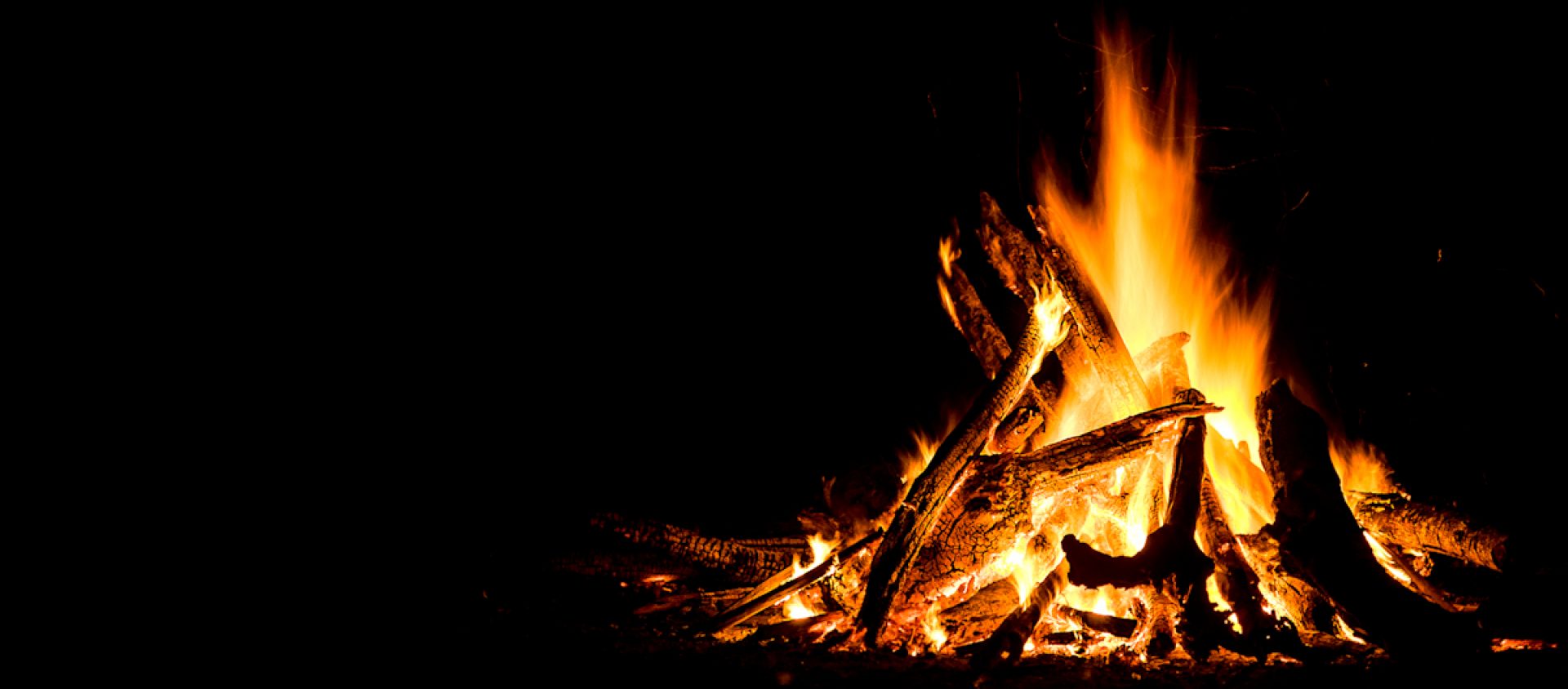I’ve been working on a short story that is set in the U.S. state of Mississippi in 1964 and involves the Freedom Summer actions that were part of the Civil Rights Movement. When my writer’s group critiqued an early draft, one person asked me, “Who are you writing this for?”
She went on to explain that if I was aiming the story at people my age, that is, people who remember that time, the amount of explanation I had was fine. But if I wanted a broader audience — a younger audience —I should put in more detail about what things were like in Mississippi (and the United States as a whole) in 1964.
That comment made me think not just about the story, but about the many things that I know a lot about because I lived through them, whether personally or because they were major news, things that I think of as “just life” but that are, in fact, now part of history.
I am a Boomer, part of the leading edge of that very large generation of people born in the years after World War II when so many people, at least in the U.S. and probably in many other parts of the world, were desperate for a return to some kind of normal.
Like many U.S. folks of my generation, I had the experience of going through life as part of the largest cohort anyone had ever seen. The U.S. population has more than doubled in my lifetime; the world population has tripled. The post-war baby boom set that in motion.
My kindergarten class had 60 kids and two teachers; it met half a day for one semester so that they could offer kindergarten to all the kids whose families wanted it. My first grade class had 45 kids and the teacher was just out of college. Fortunately, she was a born teacher. Continue reading “Living History: Schools and Bathrooms”…
